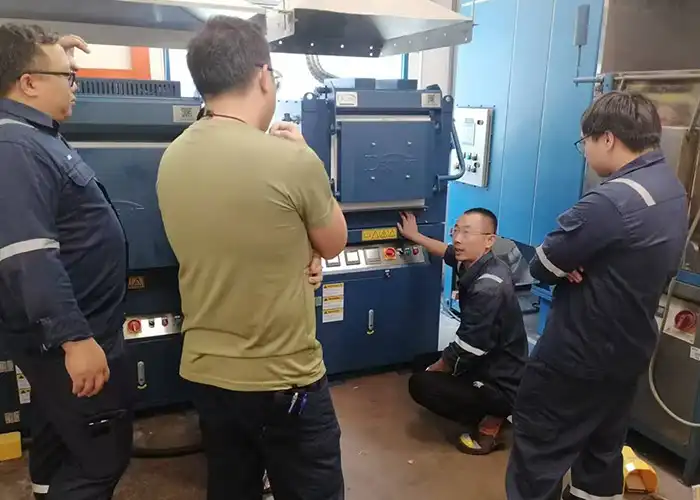Maximizing Accuracy and Reliability in Fire Assaying for Gold: A Guide to Avoiding Common Mistakes
Fire assaying has been used for hundreds of years to determine the purity of gold. The process involves heating a representative sample of gold in a crucible with fluxes, which are chemicals that facilitate the melting and separation of the metal from impurities. The importance of fire assaying lies in its ability to provide a highly accurate and precise measurement of the gold content in a sample. In the mining industry, fire assaying helps determine the gold content in ore samples, which is crucial for estimating the potential economic value of a deposit. The purpose of this post is to provide a comprehensive guide on common mistakes to avoid when conducting fire assaying for gold in mineral laboratories.
Improper sample preparation can have a significant impact on the accuracy and reliability of assay results. Proper sample preparation is crucial to ensure that the sample is representative of the entire batch of material, properly mixed, and the appropriate size and weight. This can help to avoid bias or inconsistency in assay results.
Proper flux preparation and mixing are crucial in fire assaying for gold to obtain accurate and reliable results. The use of high-quality flux material, correct proportions of flux to sample, and thorough mixing of the flux and sample can help to minimize the formation of lumps and inhomogeneities and improve the accuracy and reliability of assay results.
Temperature control and heating rate are critical factors in fire assaying for gold to obtain accurate and reliable results. Proper techniques should be followed to achieve optimal results and avoid volatilization or loss of gold.
Time management is a critical factor in fire assaying for gold to obtain accurate and reliable results. Proper techniques should be followed to avoid excessive assay times, oxidation of base metals, and potential loss of gold. Efficient management of time during the assay can help to minimize variability and human error in the process.
In conclusion, the techniques discussed in this post are critical to improve the efficiency and accuracy of fire assaying for gold. Proper procedures and precautions should be followed to ensure accurate assays, including using high-quality materials and avoiding excessive assay times. By following these techniques, laboratory professionals can improve the accuracy and reliability of their fire assaying process for gold, providing accurate estimates of the gold content in a wide range of materials.




